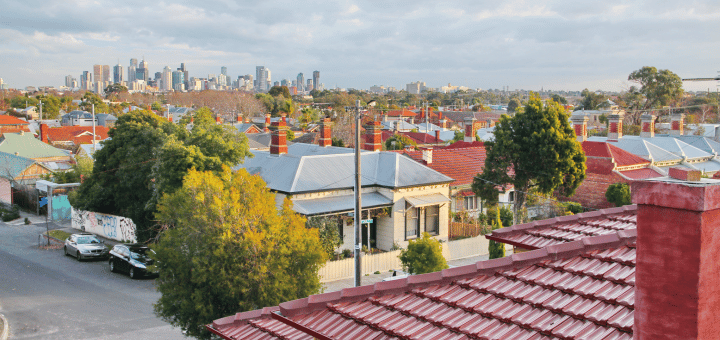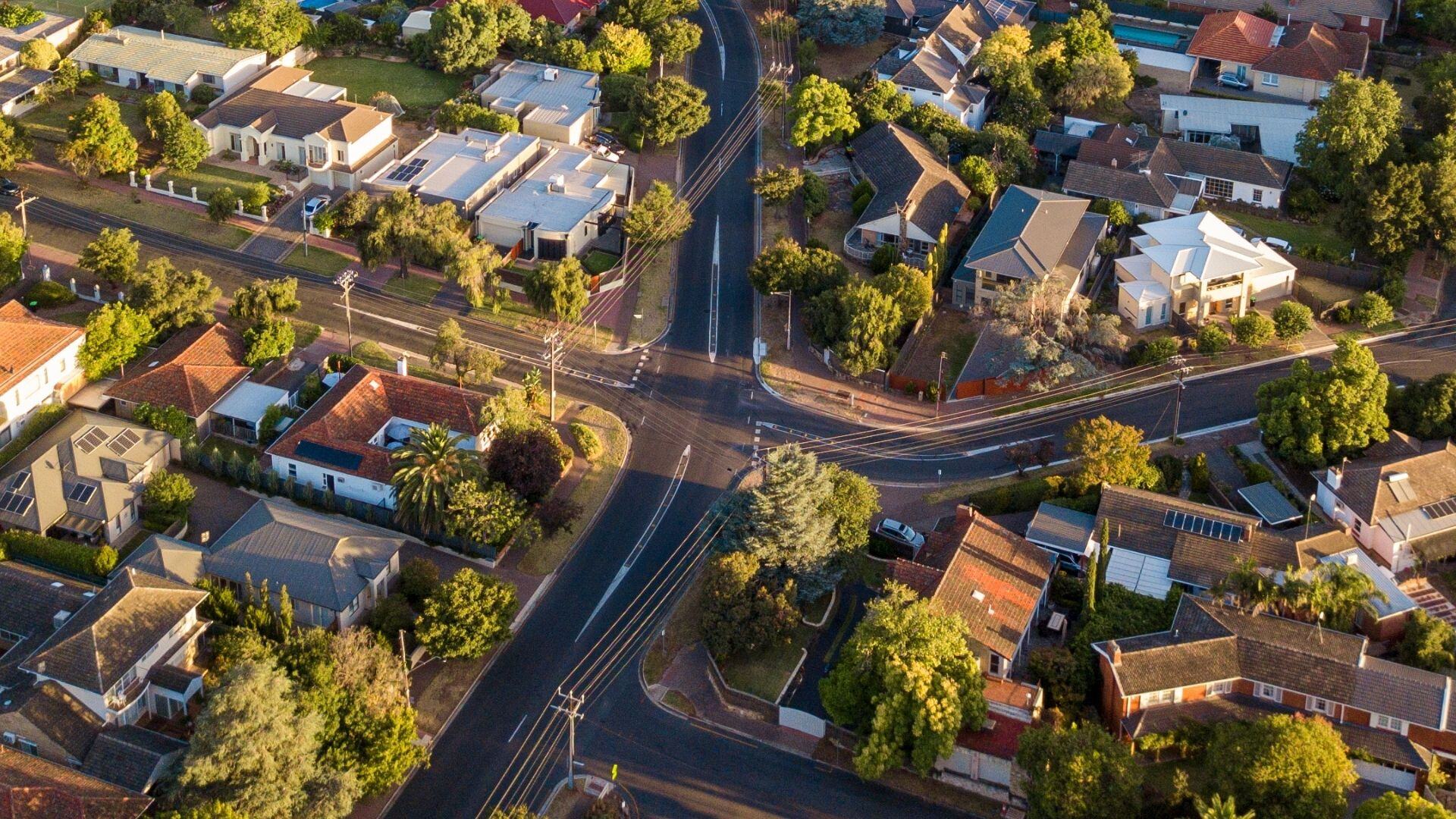The latest federal budget was handed down in the midst of a national housing crisis. Housing consultant Crystal McDonald breaks down what measures were included in the budget to address the crisis.
The Federal Government handed down their second surplus budget last week. Presented as a budget to relieve the cost of living, critics are saying it doesn’t do enough for those who really need it, and criticise the surplus given that so many households are struggling to make ends meet.
On the other hand, it does pump new money into the Housing Australia Future Fund for social and affordable housing, boosts capacity of the construction and community housing industries to be able to deliver existing housing targets, and places restrictions on population growth through migration controls. $1 billion for crisis and transitional accommodation for women and children fleeing domestic violence is undeniably necessary - but is it new money?
Over recent years, the local government sector have gradually taken on more of a role in the delivery of social and affordable housing. There doesn’t seem to be much in this budget to support them to continue to do this role, let alone amp it up to the level that is needed to help deliver the 1.2m new homes set out in the National Housing Accord.
As someone who has worked on affordable housing projects in local government and now works with councils all across Australia trying to do the same, I have a good understanding of the challenges and frustrations faced by councils in trying to develop plans and broker partnerships to address the housing crisis – the effects of which are experienced mostly at that local level, but controlled mostly at state and federal levels.
Of course, increased funding for states to deliver more housing will benefit local government, and the additional funds for infrastructure to support housing development will be welcome. But is it enough?
- Will the investment in new industries increase demand for essential worker accommodation in rural regions?
- Will the restrictions on overseas migration provide relief or simply slow the pace at which the housing crisis is worsening?
- How direct are the investments into the supply of new housing stock? Will it meet current shortfalls, let alone future demand?
- Are the investments in the construction and housing industry (such as supporting new Workplace Health and Safety accreditation, funding construction-related courses and supporting housing providers to deliver new housing) enough to give them the boost they need?
Like all budgets and policies, it can be hard to ascertain what it really means: what is actually new money/policy and where is that going to have an impact. Below is an attempt to clarify what this budget offers the housing crisis. I’d love to hear your thoughts on how you feel it hits or misses the mark.
Investing in supply
New
- Additional $1.9 billion in concessional finance to support the delivery of existing Housing Australia Future Fund and National Housing Accord commitments (40,000 SAH dwellings over 5 years).
- Feasibility studies on Commonwealth land for potential release to contribute to Housing Accord targets.
- Additional $1 billion available to local and state governments for housing-enabling infrastructure: roads, sewers, energy and water connections for new homes through the Housing Support Program.
- Additional $423m over 5 years to states and territories for social housing and homelessness services through the National Agreement on Social Housing and Homelessness. (State-matched contribution. It is unclear how much is for housing supply.)
Pre-budget / continuing
- Continuing with pre-budget commitment of $1 billion for crisis and transitional accommodation for women and children and youth fleeing DV through National Housing Infrastructure Facility
- Continuation of the New Homes Bonus, an incentive to states that exceed their share of original National Housing Accord Target.
- Continuation of tax concessions and lowering of foreign investment fees for Build to Rent developments by applying.
Boosting construction capacity
New
- $88.8 million / 20,000 fee-free TAFE places in housing and construction related courses.
- $1.8m for skills assessments of approximately 1,900 migrants to work in Australia’s housing construction industry.
- $7 million to support construction industry to gain the newly implemented Work Health and Safety accreditation that will be required to participate in Government-funded housing projects. Plus $6.2 million to support building industry peak bodies to assist their members.
- $2m to community housing providers to seek available supports to improve delivery of new housing.
Migration measures
New
- Migration program cap at 185,000 places, 132,200 of those places being allocated to skill stream.
- International students cap (details tbc). Universities will be required to build new student accommodation (for both domestic and international students) if they choose to exceed cap.
Supporting homelessness services
New
- Also mentioned under Investing in Supply, an additional $423m over 5 years to support homelessness services through the National Agreement on Social Housing and Homelessness. (State-matched contribution.)
Supporting renters and new home buyers
New
- Increase in Commonwealth Rent Assistance by 10% from September 2024
- A further $5.5b from 2024 towards existing Help to Buy shared equity scheme for up to 40,000 eligible households.
Pre-budget / continuing
- Continuing with Better Deal for Renters package; Developing national policy to improve renter conditions, restricting rental evictions, once yearly rent increases, minimum rental standards.
Policy and research
New
- Additional $20.8m over 5 years to AHURI and Treasury to continue to provide evidence-based housing policy advice.
Pre-budget / continuing
- Continuing development of National Housing and Homelessness Plan.
- Continuation of National Planning Reform Blueprint.
State specific programs
New
- Future-proofing Western Sydney with $2 billion to improve transport networks and plan and build roads supporting housing developments
- $4 billion joint investment with the Northern Territory Government on 10-year Northern Territory Homelands and Housing package to improve conditions and address overcrowding in remote housing in the Northern Territory.
Supporting local government improve and advocate for housing
As mentioned previously, not much of this funding appears to directly support local government to undertake their roles in addressing their communities housing needs now and future. They will be able to access some financial support via the Housing Australia Future Fund and the new funding for housing-enabling infrastructure.
At .id, we support local governments in their housing role by providing a consistent, timely and accessible evidence base through our housing monitor (housing.id) and by sharing our expertise.
More information
Further commentary and sources for this article.









